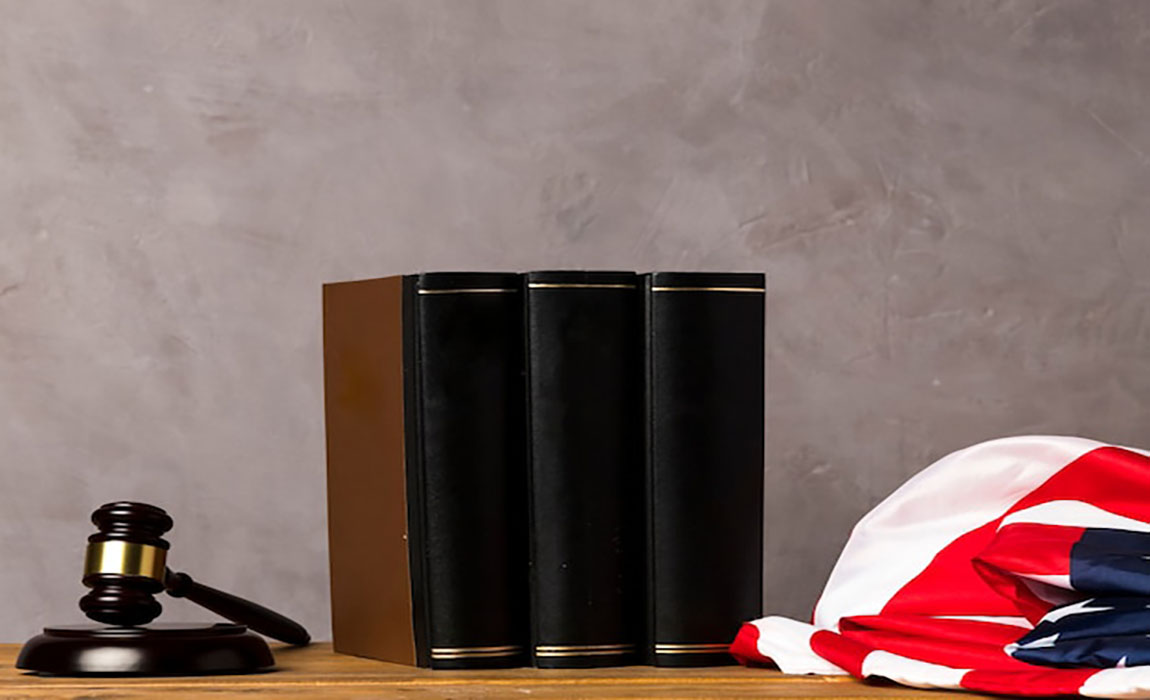
Rule of Law: Indian and UK Perspectives
In a time when democratic values are being tested across the globe, one principle remains vital to any just and fair society—Rule of Law. At its core, Rule of Law means that the law is supreme, applies equally to all, and no one, including the government, is above it. Both India and the United Kingdom (UK) uphold this principle, but the way they interpret and apply it differs due to their legal traditions and constitutional structures.
Despite these differences, the Rule of Law remains the foundation of public trust and democratic stability in both nations.
The UK Perspective: A Legacy of Traditions
The UK is where the modern concept of Rule of Law began to take shape. Its roots go back to the Magna Carta of 1215, a historic document that limited the powers of the
king and gave certain protections to the people. Over time, the Rule of Law became a fundamental part of British democracy.
British constitutional expert A.V. Dicey explained Rule of Law through three main ideas:
1. Supremacy of law over arbitrary power.
2. Equality before the law.
3. Protection of rights through regular courts and laws.
However, the UK has no single written Constitution. Instead, it relies on conventions, parliamentary laws, and judicial decisions. This means that while laws are followed strictly, Parliament is supreme—it can make or change any law. The courts interpret these laws but cannot overrule Parliament.
This system works well due to strong democratic traditions, but it can sometimes lack clear limits on governmental power, as seen in recent political developments like Brexit.
The Indian Perspective: Rule of Law Under a Written Constitution
India, on the other hand, has a written Constitution, adopted in 1950, which clearly lays down the structure of government and the rights of citizens. In India, Rule of Law is not just a principle—it is a constitutional obligation.
Article 14 of the Constitution guarantees equality before the law, which is a core part of Rule of Law. But India goes even further. Through landmark judgments like Kesavananda Bharati v. State of Kerala (1973) and Maneka Gandhi v. Union of India (1978), the Supreme Court has made Rule of Law part of the “basic structure” of the Constitution. This means that even Parliament cannot pass laws that violate this principle.
Indian courts have played an active role in protecting individual rights, checking government overreach, and promoting justice. Rule of Law in India is closely connected to fundamental rights, judicial review, and constitutional supremacy.
Where They Differ—and What They Share
While the UK relies on customs and parliamentary sovereignty, India depends on a codified Constitution and active judiciary. Yet, both nations face similar challenges: maintaining judicial independence, ensuring equality in the application of laws, and preventing misuse of power.
India sometimes struggles with delayed justice, uneven law enforcement, and political interference. The UK, while stable, faces its own questions about constitutional clarity, especially in times of political crisis.
Despite these issues, both democracies continue to believe in Rule of Law as a guiding light for governance and justice.
Conclusion: A Principle Worth Protecting
The Rule of Law is not just a legal idea—it is a living value that keeps democracy alive. Whether it’s enforced through a written Constitution like in India, or through long-standing traditions like in the UK, it serves the same goal: to ensure fairness, accountability, and justice.
In the end, laws are only as strong as the institutions that uphold them and the people who believe in them. For democracies like India and the UK, protecting the Rule of Law means protecting the very soul of governance. It is a shared commitment that must not be taken for granted.
